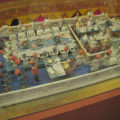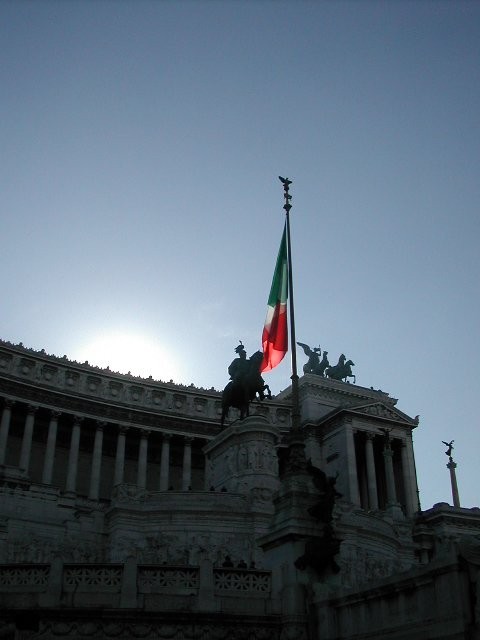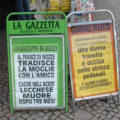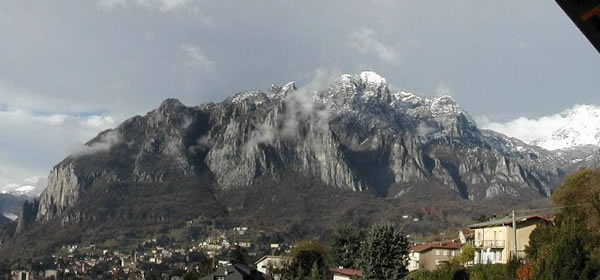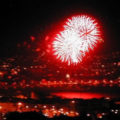Why Do We Pay Higher Prices Higher for the Same Downloaded Software?
I have for some time been considering buying ACDSee, photo management software recommended to me by Tony Boccaccio, whose opinion I trust in the matter (he’s a professional photographer). I tried it last year and liked it, but at the time $99 was more than I was willing to spend on that particular set of functions. Most of what I need I can accomplish with other software I already own, though admittedly not as gracefully.
ACDSee now has a new version out, and, since I’m on their mailing list (they put out a nice newsletter with photo tips etc.), I received an email asking me to try it. Previous experience shows that they would keep sending special offers during the trial period, and today I was almost moved to take advantage of one of these, until I noticed:
Buy Now
North America & Other Areas
39.99 usd
Buy Now
Europe
39,99 euro
Given that the current exchange rate is 1.34 dollars to the euro, as a resident of Europe I’d be paying 34% more for this software. Why should that be? Shipping costs are not a factor – this is a download-only purchase. Localization (translating the interface and instructions) also not a factor – I speak English.
ACD Systems is not the only culprit; it’s standard practice for software companies to charge more for their products in Europe than in North America, sometimes hundreds of dollars/euros more. I’ve tried several times to get companies to tell me why, but have never had any answer at all.
By the tone of its newsletters, ACD Systems is a friendly company, so I went to their website to look for someone of whom I could ask this question. Finally tracked down an email address for Larry Langs, Executive Vice President of Sales, Marketing, and Business Development.
I wrote Mr. Langs a polite email with my query, and got the following reply from his mail system:
“(llangs@acdsystems.com) 64.114.67.86 failed after I sent the message.
Remote host said: 500 Resend your message with the word notacdspam in the subject line or contact the recipient through alternate means. Your message appears to be unsolicited spam or your domain is blacklisted.”
So I tried again, this time putting “notacdspam” in the subject line as requested, and got exactly the same error message in reply.
So much for “contact us.” No hope of an answer to my question, and therefore no hope that I will purchase their software. As a last resort, I’ve tried replying to the latest newsletter they sent. If their newsletter team is on the ball, and their system works as it should, someone will actually read that reply and answer it, or at least forward it appropriately – as I used to do when I worked for Adaptec/Roxio.
However, I’m not holding my breath.
Dec 8, 2004
Wow, just shooting themselves in the feet all over. Having put up this page, I tried to inform them about it. Filled out a web-based form to send email to a Ms. Monisha Khanna, head of PR. Got the exact same error message as for Mr. Langs. Do they even know that their anti-spam system is turning away all email?
Happy Ending
Mar 15, 2005
Back in December, I wrote about my difficulties trying to get anyone at a software company to explain to me why their software should cost more in Europe than in the US. A few days after I published that article, because I am stubborn and irritable about such things, I wrote to ACD’s tech support about the saga. To my pleasant surprise, I got a reply within a few days, suggesting a workaround on their e-commerce site that might even have worked to get me the software at the US price. But I was busy, figured I had already spent enough time on this, and I wasn’t that desperate for the software at that moment.
The software in question was ACDSee, a digital photo management and editing tool. I tried several others, including the free Picasa software from Google. Abandoned that one in a hurry when I realized it offers no easy way to crop photos, which seems a very strange oversight – anyone but the most amateur photographer knows that you can often improve a picture by judicious cropping. ACDSee’s crop tool darkens the area outside the crop, so you can see better what you’re cropping to, and gives you an exact pixel measurement of the crop area as you adjust it: very useful when you’re cropping a picture to fit a particular spot on a web page.
Some six weeks after my original complaint, I had another pleasant surprise from ACD Systems: a nice email from the man in charge of their online store. He made the usual corporate noises about not being able to discuss the reasons for their pricing, but promised that my comments would be considered in future decisions. He was pleased that I had complimented ACDSee’s newsletter (to reiterate: probably the best company newsletters I’ve seen, including the ones I used to do myself), since he had originated that project. We had an email conversation about our respective experiences with newsletters and software pricing, which culminated in him giving me a copy of the software, free except that he wants my comments on it (I’m working on that).
So, a happy ending with ACDSystems, and I do strongly recommend ACDSee, the best tool I know of for digital photographers.




